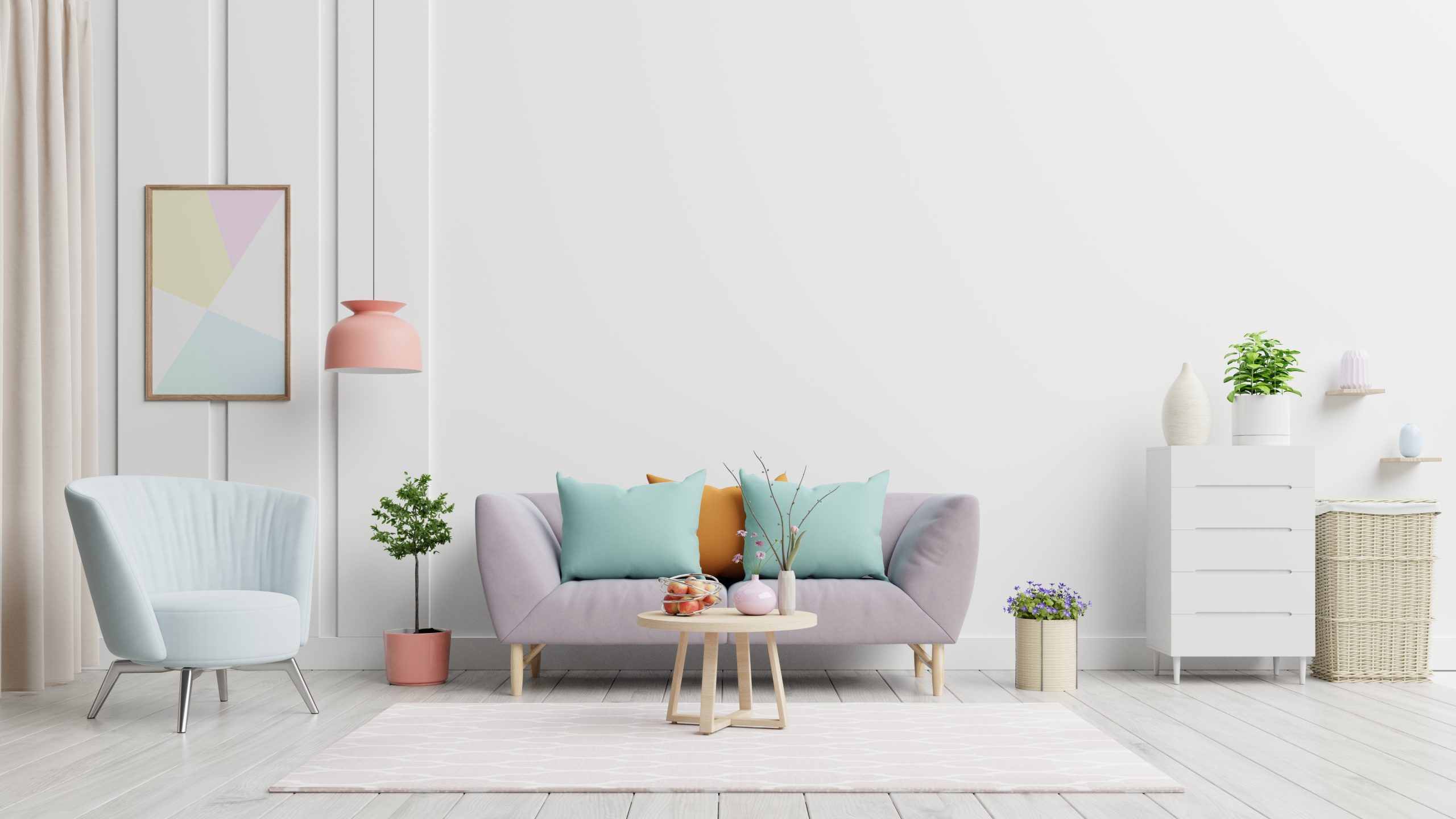
Our safe space is like a rainforest. Each area or room has its unique microclimate; the way to improve air quality in a draughty bedroom is very different from how to do so in a humid bathroom. At the same time, none of these rooms are hermetically sealed from each other. If something burns in the kitchen, air quality in the whole house is compromised.
Our home is a complex ecosystem; therefore, improving air quality here isn’t a one-and-done deal. You cannot just purchase once and be done with it. Transforming your indoor environment usually requires a few minor changes throughout your house. But with excellent suggestions floating around the internet, it’s a tall order to know where to start.
Should you get a house plant? Swap out your shower curtain? Invest in a fancy air filter? The best way to tackle indoor air quality is one room at a time. We put together this guide to help you understand the environment of each room in your house and make the right kind of changes for a healthier home ecosystem.
BEDROOM
Open a window.
Opening a window reduces CO2 levels. High CO2 can prevent you from feeling relaxed.
Keep it cool.
During the day, 18 – 24 degrees is a comfortable room temperature. But many people find they sleep better in a colder room. (Sleeping in a cooler room might even help you lose weight.) Find out what works best for you by experimenting.
Going minimal will help.
The more stuff you have, the more dust collects, contributing to allergies and congestion.
Fight dust.
The easiest way to get rid of dust is to clean furniture with a damp cloth every week.
Choose your bedding wisely.
Wash them frequently, and consider switching to fabric like linen, which is antibacterial and quick-dry. Sheets and blankets can collect dust and mould.
KITCHEN
Ventilate.
Use your exhaust hood every time you cook. Many hoods aren’t practical, so it’s also a good idea to open a window and cook on the back burners.
Keep things clean.
When dust and food particles heat up or burn, they release harmful VOCs into the air. One way to combat this is to keep your oven, toaster, and burners clean. If you haven’t used them in a while, give them an extra-generous cleaning before you do, as a thick layer of dust is likely coating them.
Use green cleaners.
Don’t sabotage yourself by doing all that cleaning with harsh chemical solutions! Use a health-friendly brand like Seventh Generation, or simply clean with baking soda and vinegar.
Cook wisely.
Caramelisation makes food taste great, but it’s not great for indoor air quality. If your kitchen isn’t well-ventilated, be extra careful with cooking that involves browning, and avoid burning things like toast or steak.
BATHROOM
Replace your shower curtain.
PVC vinyl shower curtains release VOCs into the air, including as many as 100 toxic chemicals associated with adverse health effects. Not the kind of thing you’d want to enclose yourself within a small, poorly ventilated space, eh? Get a non-vinyl shower curtain.
Ventilate.
Always use your bathroom fan while showering. If you don’t have one, open a window, and leave the door open after you shower.
Clean smart.
People often store cleaning supplies in the bathroom, but this is a bad idea. Cleaning supplies can give off VOCs, so the best storage space is the garage or a closet. Better yet, baking soda and vinegar are just as effective.
Keep things dry.
Wet towels never dry out in small, damp bathrooms, making the perfect environment for allergenic mould to flourish. Wash and dry your towels every week, or better yet, switch to linen, which is quick-drying and naturally antibacterial.
Ditch your loofah.
Synthetic loofahs are breeding grounds for mould and bacteria. Use a washcloth instead, and throw it in the wash whenever you do the laundry.
One final note, if you want to ensure that every step you take to improve your air is effective, consider purchasing a device that measures indoor air quality.
Some people purchase devices for different rooms in the house, but to start, put your device in the room where you spend the most time. Spend a few weeks focusing on improving the air quality in that room, and move your device to another room when you’ve made progress.
Good luck transforming your home ecosystem.

